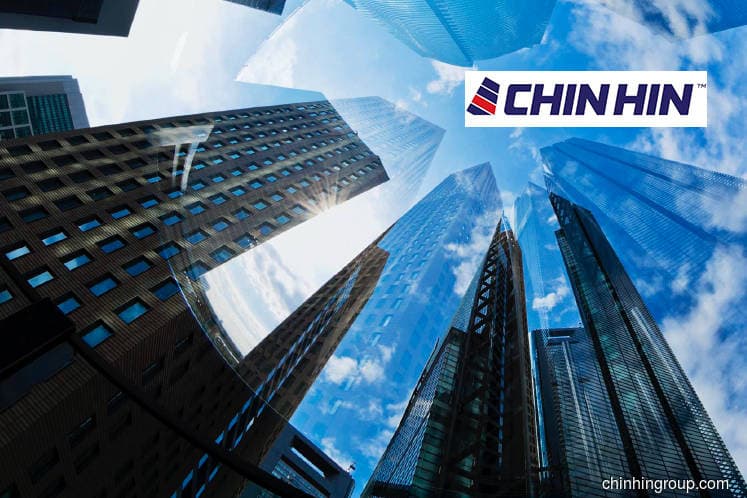
This article first appeared in The Edge Financial Daily on October 8, 2018
Chin Hin Group Bhd
(Oct 5, 75 sen)
Maintain hold with an unchanged target price (TP) of 79 sen: The new Autoclaved Aerated Concrete (AAC) plant in Kota Tinggi, Johor commenced operations in July 2018. The new plant added 600,000m³ of new capacity to the existing production capacity of 435,000m³, bringing total AAC production capacity to 1.03 million m³. The core products manufactured at the new plant are mainly AAC blocks, lintels and wall panels. The main raw materials used to manufacture AAC products are cement, sand, lime, gypsum and aluminium. The group has invested about RM120 million, which included land acquisition cost. Machineries are mainly sourced from Germany. The current plant utilisation rate is about 25% with a workforce of 150 staff. We expect the group to be able to ramp up its production in the first half of 2019 (1H19) once it fully optimises the manufacturing processes. Assuming the new AAC plant can run up to a 75% utilisation rate in financial year 2019, we expect the division to contribute an additional RM12.5 million profit before tax to the group.
AAC is a precast concrete building material that aims to replace the cement and clay bricks due to a few key advantages. Firstly, it’s cost-effective. AAC blocks are only approximately one-third the density of conventional bricks, and this helps to reduce the deadweight load on foundations. As such, it could save up to 25% of building foundation cost. Besides, the walls built with AAC products do not require plastering due to its inherently smoother surface. It only requires a layer of skim coat, which is more time-saving and cost-effective. Furthermore, the wall installation is speedier than conventional bricks due to a larger dimension of AAC products, which helps to reduce the number of joints required in wall masonry processes. As such, AAC blocks are seen as a preferred alternative to traditional bricks.
Secondly, it’s fire-, water- and sound-resistant. AAC products are resistant to high temperatures for a longer period of time in comparison to masonry products. The fire resistance period may go up to four hours depending on the thickness of the wall. Furthermore, AAC products have good water-resistant features as they contain millions of closed microscopic cells in a standard block due to its porous structure. Besides, the porous structure also enables AAC products to possess high sound absorption characteristics.
Thirdly, it’s IBS-certified and eco-friendly. AAC products have been certified as eco-friendly building materials by the Construction Industry Development Board and Singapore Environmental Council. AAC blocks and AAC panels carry industrialised building system score factors of 0.5 and 1.0 respectively.
In a nutshell, the outlook for AAC products is bright as it can be used for high-rise projects, residential affordable housing projects as well as government infrastructure projects. Furthermore, AAC products have a long-proven track record which are widely used in developed markets, especially in Europe.
We have maintained our FY18 to FY20 earnings forecasts. There was no change to our TP of 79 sen, based on unchanged nine times calendar year 2019 earnings per share. We have maintained our “hold” call on Chin Hin. — TA Securities, Oct 5